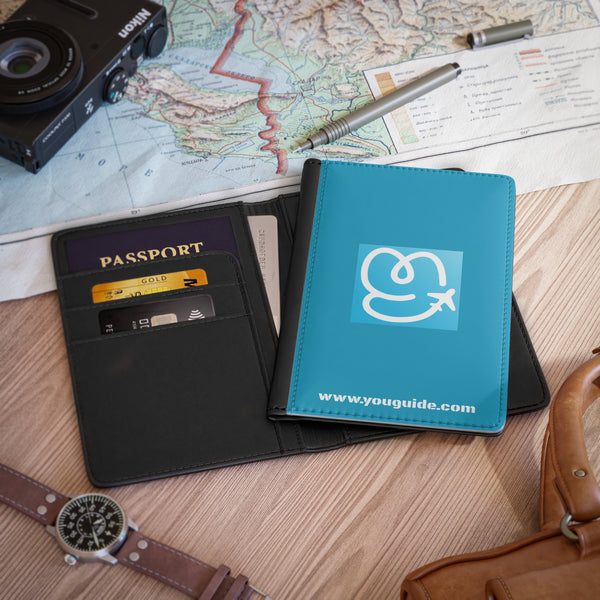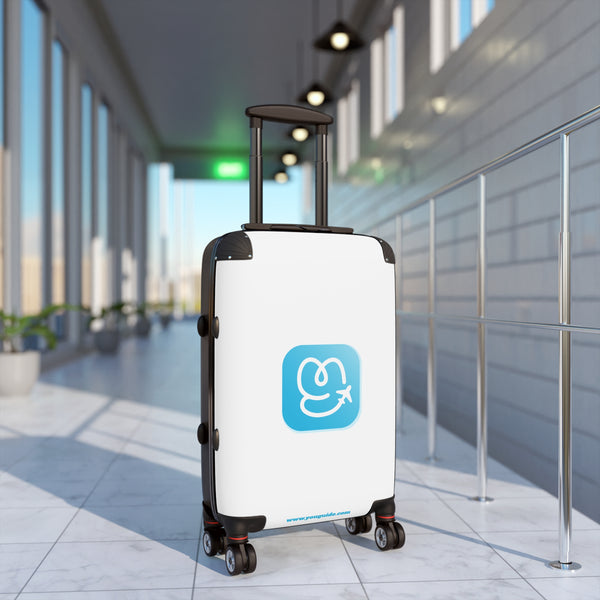Japan’s Shinkansen (新幹線), or bullet train, is one of the most iconic symbols of modern Japan. Known for its high speeds, punctuality, and sleek design, the Shinkansen has connected cities across the country since its debut in 1964, when the Tōkaidō Shinkansen was launched ahead of the Tokyo Olympics. Today, it remains the fastest and most convenient way to travel across Japan, whisking passengers between cities at speeds of up to 320 km/h (199 mph).
Whether you’re planning a trip from Tokyo to Kyoto, exploring the northern beauty of Hokkaido, or taking in the scenic coastal views of Kyushu, this guide will walk you through everything you need to know about using Japan’s bullet trains.
1. What Is the Shinkansen?
The Shinkansen is a network of high-speed trains that connect Japan’s major cities across Honshu, Kyushu, and Hokkaido. Unlike regular trains, Shinkansen lines run on dedicated tracks, ensuring incredible punctuality and smooth, quiet rides.
The Shinkansen is operated by Japan Railways (JR), with different regional companies managing specific lines across the country.
2. Types of Shinkansen Services
Shinkansen trains vary in speed and the number of stops they make. Understanding the difference helps you choose the best option for your journey.
• Nozomi (のぞみ) – The fastest service on the Tōkaidō and Sanyō Shinkansen. It only stops at major stations, making it ideal for travellers on a tight schedule. (Note: Not covered by the Japan Rail Pass.)
• Hikari (ひかり) – A slightly slower service that stops at more stations than the Nozomi but is covered by the Japan Rail Pass.
• Kodama (こだま) – The slowest service, stopping at all stations along the route—great for sightseeing but less efficient for long-distance travel.
• Hayabusa (はやぶさ) – The fastest service on the Tōhoku Shinkansen to Aomori and the Hokkaido Shinkansen to Hakodate. Requires a seat reservation but is covered by the Japan Rail Pass.
• Mizuho (みずほ) – The fastest train on the Sanyō and Kyushu Shinkansen, connecting Osaka to Kagoshima with minimal stops. (Not covered by the Japan Rail Pass.)
3. Popular Shinkansen Lines and Destinations
Japan’s Shinkansen network spans the length of the country, offering easy access to major cities and scenic regions.
Tōkaidō Shinkansen (東海道新幹線) (Tokyo ⇄ Osaka)
• Key Stops: Tokyo, Nagoya, Kyoto, Osaka
• Highlights:
• Mount Fuji Views: Sit on the right side (seat E) when heading from Tokyo to Osaka for the best view of Mount Fuji.
• Kyoto’s Temples: Arrive at Kyoto Station and explore attractions like Fushimi Inari Shrine and Kinkaku-ji.
• Osaka’s Food Scene: Osaka is a food-lover’s paradise, with specialties like takoyaki and okonomiyaki in Dotonbori.
Tōhoku Shinkansen (東北新幹線) (Tokyo ⇄ Aomori)
• Key Stops: Tokyo, Sendai, Morioka, Shin-Aomori
• Highlights:
• Sendai’s Tanabata Festival: Visit in August to see colourful streamers decorating the city.
• Hiraizumi’s Temples: Stop in Ichinoseki to visit Chūson-ji Temple, a UNESCO World Heritage site.
• Aomori’s Nebuta Festival: Held each August, this event features huge illuminated floats and parades.
Kyushu Shinkansen (九州新幹線) (Fukuoka ⇄ Kagoshima)
• Key Stops: Hakata (Fukuoka), Kumamoto, Kagoshima-Chūō
• Highlights:
• Fukuoka’s Yatai Stalls: Taste tonkotsu ramen at Fukuoka’s street food stalls.
• Kumamoto Castle: One of Japan’s most impressive castles, partially restored after the 2016 earthquake.
• Sakurajima Volcano: Visit the active volcano near Kagoshima for hiking and hot springs.
Hokkaido Shinkansen (北海道新幹線) (Shin-Aomori ⇄ Hakodate)
• Key Stops: Shin-Aomori, Hakodate
• Highlights:
• Hakodate Morning Market: Try fresh seafood like uni (sea urchin) and ikura (salmon roe).
• Mount Hakodate: Take a ropeway for stunning views of the city, especially at night.
Sanyō Shinkansen (山陽新幹線) (Osaka ⇄ Fukuoka)
• Key Stops: Shin-Osaka, Okayama, Hiroshima, Hakata
• Highlights:
• Hiroshima Peace Park: A must-visit for its historical significance and message of peace.
• Kurashiki Bikan Historical Quarter: A charming canal-side town near Okayama.
• Osaka’s Yumeshima Island: Home to the World Expo 2025, which will feature pavilions from over 150 countries.
4. How to Buy Shinkansen Tickets
Buying Shinkansen tickets is straightforward, and there are several methods available:
1. At Ticket Machines: Available in major stations, with English-language options. Simply select your route, class, and seat preference.
2. Ticket Counters (Midori no Madoguchi): Staff are usually English-speaking and can help you find the best connections.
3. Online: Use official JR websites or trusted booking platforms.
Key Tip: If you’re planning to travel extensively, consider the Japan Rail Pass, which offers unlimited Shinkansen travel (except for Nozomi and Mizuho services) for 7, 14, or 21 days.
5. Seat Classes Explained
The Shinkansen offers different seating options to cater to various needs and budgets.
• Ordinary Class: Comfortable and spacious by international standards, with 2x3 seating arrangements.
• Green Car: Similar to business class, with 2x2 seating, extra legroom, and quieter carriages.
• Gran Class: A luxurious first-class experience available on select lines, with reclining seats, meal services, and personal attendants.
Seat Reservations:
• Reserved Seats: Ideal for peak travel times like Golden Week (late April–early May), Obon (mid-August), and New Year’s holidays.
• Non-Reserved Seats: Cheaper but subject to availability, often crowded during rush hours.
6. Etiquette and Tips for Riding the Shinkansen
The Shinkansen experience is defined by orderliness and respect for others. Follow these etiquette rules to travel like a local:
• Be Quiet: Keep conversations low, as passengers value a peaceful environment.
• No Phone Calls: Calls are prohibited in seating areas; use designated phone zones near the train doors.
• Luggage Storage: Store large suitcases in designated luggage areas. From 2023, luggage exceeding 160cm in total dimensions requires a seat reservation with luggage space.
• Food and Drink: Eating is allowed, and eki-ben (station bento boxes) are a delicious, must-try experience.
7. Shinkansen Travel Tips for Tourists
• Plan in Advance: Popular routes (Tokyo-Kyoto, Osaka-Hiroshima) may require reservations during holiday seasons.
• Arrive Early: Shinkansen stations are well-signposted, but navigating larger stations like Tokyo can take time.
• Enjoy the Ride: Look out for iconic views like Mount Fuji between Shizuoka and Yokohama.
Conclusion
The Shinkansen is more than just a mode of transport—it’s a quintessential part of the Japanese travel experience. With its legendary punctuality, exceptional comfort, and nationwide reach, the bullet train is the perfect way to explore Japan’s diverse landscapes. Whether you’re sipping matcha in Kyoto, enjoying snowy views in Hokkaido, or heading to Osaka for the World Expo 2025, the Shinkansen ensures your journey is smooth, efficient, and unforgettable.
View Japan Travel Guides & More Here













